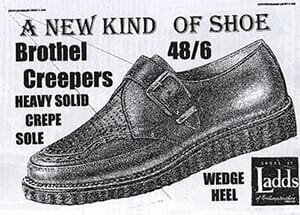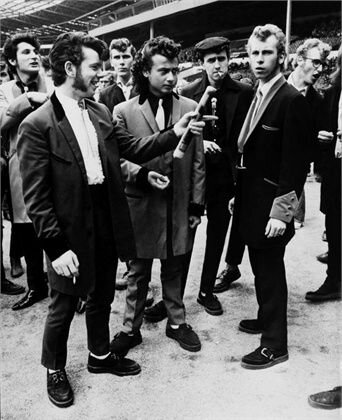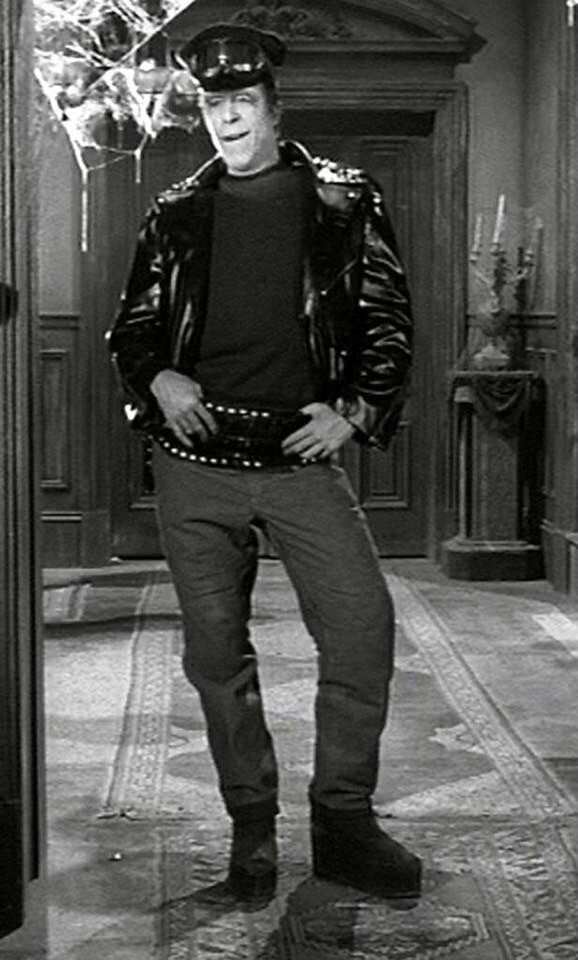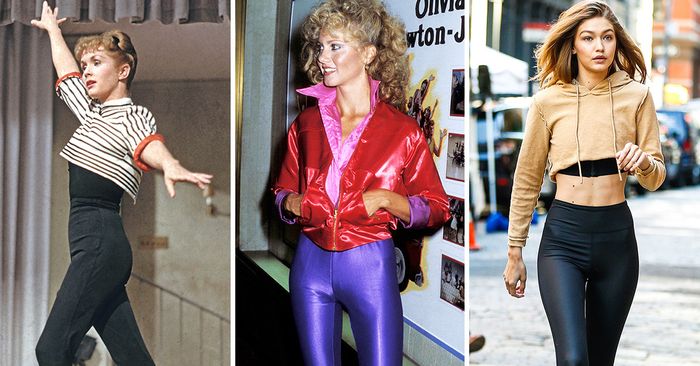2020 has been a mess for many aspects of life. Public health, mental health, and the economy have gone down the tubes. Let’s just throw this whole year away.
But instead of dwelling on the negative this year has brought us, let’s focus on how society has changed. Let’s focus on how our priorities have changed.
For starters, the fashion industry has taken a huge hit. Because our priorities have changed. We are not going out to events, we have hardly anyone to impress besides our online friends, so the demand of buying new garments has plummeted. I can’t tell you the last time I dressed up for work or a business meeting. I actually ordered some nice work clothes at the beginning of the pandemic because they were on sale, thinking I would have some nice new pieces when I returned to work in person…. But I’m still working from home 8 months later.
Indeed, the pandemic has truly affected the fashion industry. We are no longer shopping for the latest trends, nice work clothes, or cute outfits to wear to the club. But I will say, the pandemic has halted the fast fashion industry quite a bit. Our priorities are no longer meant to impress our peers in person with the hottest trends spotted on instagram. We are now donning sweatpants and fuzzy socks and effective hair scrunchies as our daily attire.
The first items listed on The Urban Outfitters Women's Clothing page inspire coziness and home comforts.
Instead of shopping every other week for a cheap item that falls into the same genre as the latest trend, we are now online shopping for the coziest garments. Outfits that will bring us comfort physically and mentally.
Shopping is still about lifestyle, but the lifestyle we are aiming to achieve now when we search for new outfits is one that brings us comfort and peace.
Besides our work from home attire, fashion has evolved even for the brief moments we are out in public. One thing to notice is that many popular garments worn by the masses and trend-setting influencers and teens are baggy, oversized clothing. The theme of comfort is still not lost when we dress up to go run errands at our local Target.
Perhaps wearing baggier clothing is not just a comfort trend that this year has brought on, but also a safety trend. The more fabric that covers our body, the safer we feel from this invisible, airborne virus that plagues the world.
Long ago were the days we were shopping every other weekend for the skimpiest, trendiest fast fashion pieces. We are now hunkering down and spending our dollars wisely, only shopping for the most essential, coziest, and safest outfits to wear.
How do you think the pandemic will affect the fashion industry and fashion trends long-term? Is baggy, cozy, safe clothing the new normal, or just another adaptation to our current crisis? Do you think fast fashion will resurrect itself after this is all said and done, or do you think that society has finally adopted sustainability and will start only shopping for long-lasting pieces, with less trips to the mall?
These are uncertain times, but only time will tell how this all plays out with the fashion industry. For now, let’s enjoy our cozy sweats and fuzzy socks as we sit in our makeshift home offices, and wait out this health crisis virtually together.
-Lorraine








